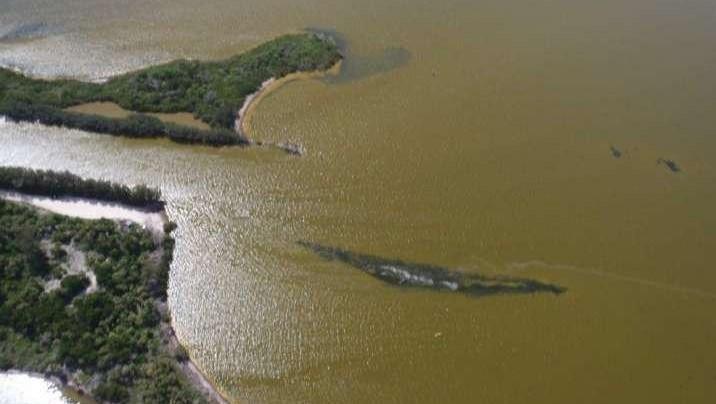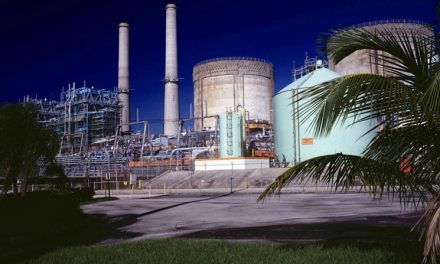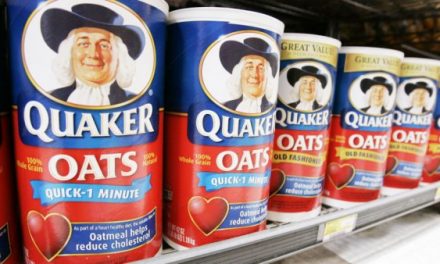(Photo Credit: St. Johns River Water Management District)
In the last decade, almost 90,000 tons of sewage sludge (the byproduct of wastewater treatment facilities) has been brought up from South Florida and dumped into the St. Johns River watershed. (I’m not sure why more people are totally outraged but they aren’t.) And according to conservationists, we should have been doing more about it than we did; it’s having a devastating effect on the ecosystem.
But why on earth are they allowed to dump in the first place?
Well, in 2007 the Florida legislature gave the waters of South Florida special protections because the water in the lake had been seriously degraded due to the nutrient pollution. (And they thought dumping it into the St. Johns River watershed would be a good idea?)
RELATED STORY:
This new practice, according to Lisa Rinaman, the St. Johns Riverkeeper, was “pitched as an opportunity to provide free fertilizer. ‘The idea is to provide free fertilizer to farmers, but what we’re seeing is it’s a cheap disposal opportunity for utilities and the volumes are just overwhelming the soil and, in effect, the waterways.’”1
However, now, since “Phosphorus is one of the nutrients that fuels green toxic algae”2 they’re seeing outbreaks in areas where they’ve never seen it before in the river. Not a great idea after all.
RELATED STORY:
The St. Johns River, which is more than 310 miles long and begins in Indian River County just west of Vero Beach, only drops in elevation by about 27 feet over the 310 mile journey, and most of that drop is in the first 100 miles,”3 right where the sludge is being dumped.
Rinaman says:
“What happens, when you dump it in the headwaters, it all flows this direction. And then there’s more pollution added on to it due to septic tanks in areas, agricultural runoff, urban fertilizers… So it’s just adding fuel at the very beginning of this snowball effect of nutrient pollution that begins now in the headwaters and makes its way to the St. Johns here in Jacksonville.
About 96 percent of the nutrient pollution in the middle St. Johns comes from the headwaters and about 80 percent in the lower St. Johns comes from the middle basin. So you can see it just continues to flow downhill.”4
Now, I know I’ve said “How much more can our ecosystem in Florida take!?!” before but I’m not kidding. And the question isn’t rhetorical. Because that sewage isn’t just undermining the water quality of the St. Johns River but undermining any type of economic investments being made on the river. It’s also impacting human health. And animal health. This is an issue that we’ve got to deal with. Not put a bandaid over.
“In response to public outcry, the Florida Department of Environmental Protection formed a Biosolids Technical Advisory Committee (TAC) to look into the issue.
‘The state of Florida is growing [in population] and right now we don’t have a sustainable management plan for our waste,’ Rinaman said. ‘This technical committee is looking at ‘what do we need to do differently? Are there new technologies out there? And how can we protect our waterways equally across the state?’”5
Rinaman says the moral of this story is that we must “look at water quality and water quantity issues holistically, statewide. You can’t play whack-a-mole and move the pollution around because you’re going to just move the pollution and have the same problems in a different area. And that’s what we’re seeing here. We have to have long term thinking and not just short term, bandaid approaches.”
RELATED STORY:
We couldn’t agree more.
SOURCE:












